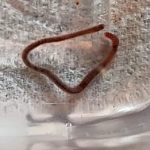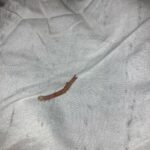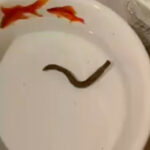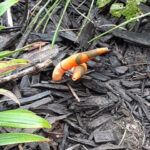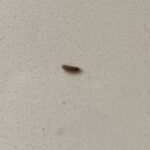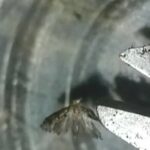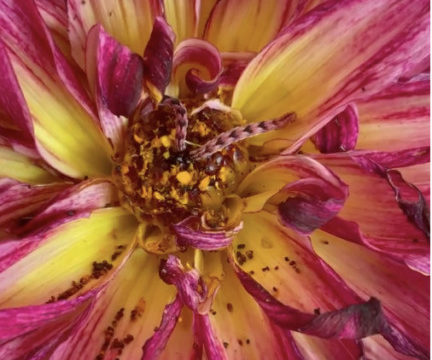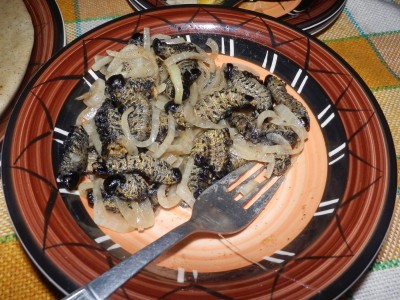
A reader from the city of Newcastle in KwaZulu Natal Province, South Africa, recently wrote to tell us that she had sighted African Emperor Moths and caterpillars near her home, and wonders if it is usual to find this type of moth so far inland.
To begin to answer this question, we need to have a short geography lesson so we know where the reader lives. On the map below, we see that KwaZulu Natal province in located on the Eastern side of South Africa, and New Castle is in the North Western part of KwaZulu Natal province.

Now that we know where Newcastle is, we need to determine if it is common to find African Emperor Moths there. The problem with that particular query is that there are many different species that may be referred to as African Emperor Moths. Those species live throughout Africa and India, and may even be sighted in Europe. These belong to the family Saturniidae, and their distinctive eye patterns found on the wings makes them easy to identify. Below there are photographs to two examples, the Gonimbrasia zambesina on top and the Bunaea alcinae below. Note the similar eyespot patterns on the wings.


Unfortunately, without a photograph to help us to identify which type of emperor moth the reader has found, we cannot positively say whether it is unusual to find this type of moth as far inland as her region of KwaZulu Natal province. According to Afromoths.net, there are 38 species in the Saturniidae family found in the KwaZulu Natal province of South Africa. This includes the Gonimbrasia zambesina (shown above), commonly known as the mopane worms. This species is so common that it is an important food source to the human population there (yum!).

Mopane worms are a food source common to many parts of Africa. Photo by ComQuat (CC BY-SA 3.0, via Wikimedia Commons)
The nice thing about emperor moths is that they often have very distinctive wing markings. So, if the reader is able to get a photograph of the moths she’s seeing and send it to us, then we have a better chance of identifying the exact species. It would also help to know what type of trees and plants are common in her area. Like most creatures, emperor moths don’t tend to congregate in locations where they can’t find food!
All About Worms is always free, always reader-supported. Your tips via CashApp, Venmo, or Paypal are appreciated! Receipts will come from ISIPP Publishing.
You might also find these guys interesting!




